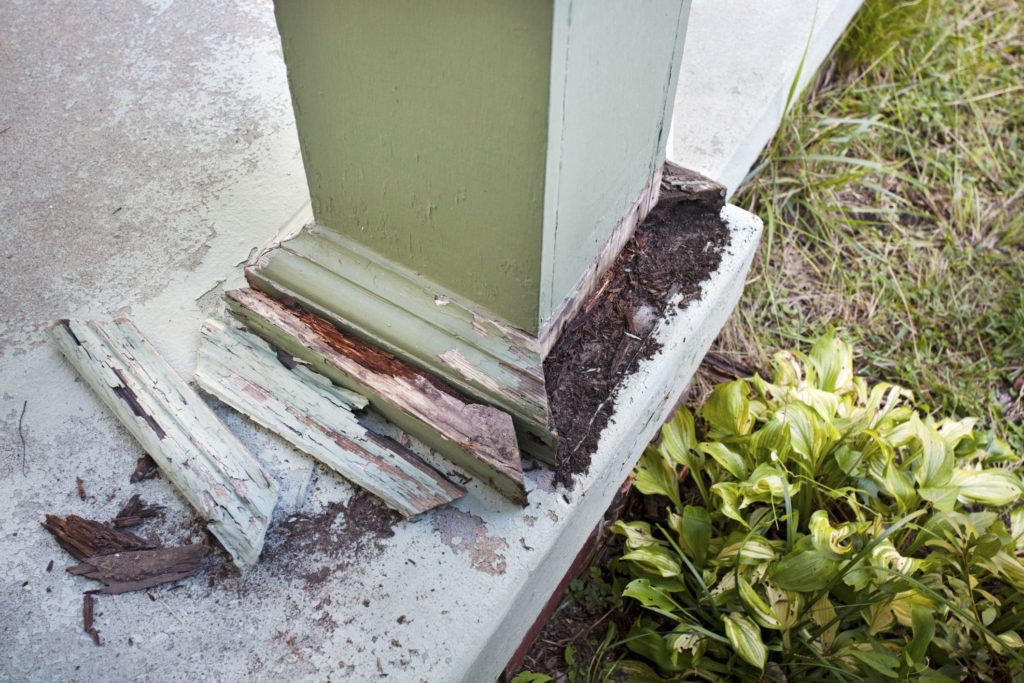
Termites cause billions of dollars in home repairs every year. Our treatment to termite control effectively eliminates termite infestations and prevents new termite colonies from being established.
Contact us so that we can assess your home. We will develop a comprehensive termite control solution to eliminate the current termite population and prevent any future infestations.
Depending on your particular case, we may use a combination of termite control treatments, from liquid and foam to bait.
With our residential or commercial termite control plan, you also get follow-up inspections and monitoring that helps ensure your home or commercial property
stays protected.
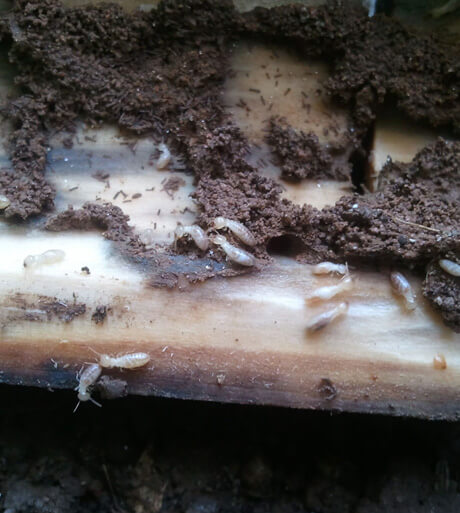

As a Home Protection Plan customer, if you’re not satisfied with our pest control service, we will service your home at no additional cost until your issue is solved or receive your money back from your last scheduled service.
Simple Termite Prevention Tips
Our termite treatment process is designed to eliminate these pests permanently.
Here’s what you can expect:
- A total termite inspection
- Installation of the Sentricon® Termite Colony Elimination System
- Regular monitoring for termite activity
- Continual maintenance on all Sentricon® Systems
- 3D Comparison Of The Sentricon System And Liquid Termite Treatments
Why We Trust Eco-Friendly Sentricon® As A Termite Solution
Sentricon® bait systems are eco-friendly and are safe to use around humans and pets. The bait traps are EPA approved and aligns with Brody Brothers’ approach to Integrated Pest Management.
Keeping you and your family safe from chemicals is just as important to us as ridding your house of pests. Below are more important facts to consider before choosing Sentricon®.
- When installed, there is no risk to the applicator during initial treatment or during regular monitoring
- Thousands of termite colonies have been eliminated since 1995
- EPA Presidential Green Chemistry Challenge Award Winner
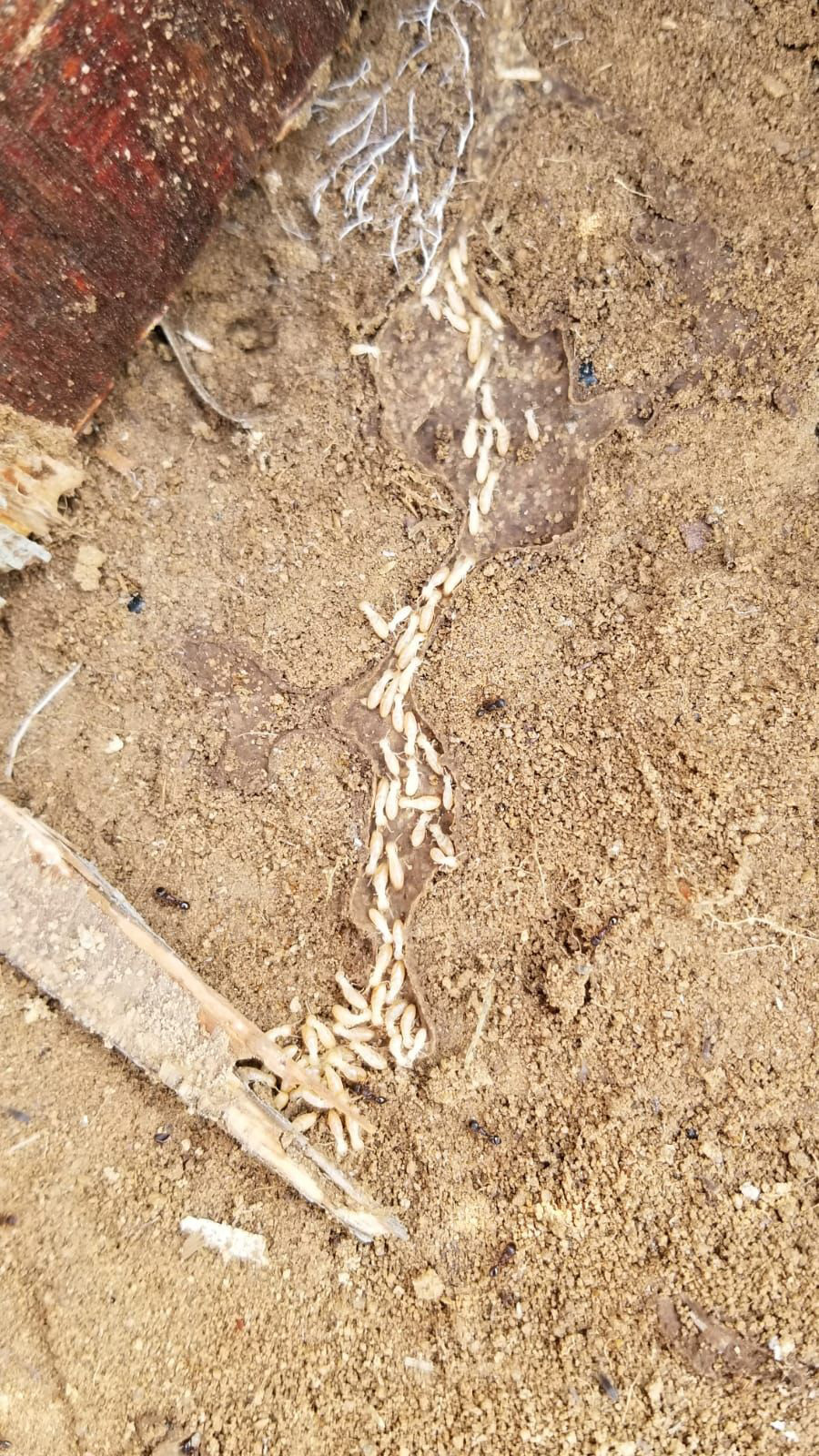
The subterranean termite is common in many states along the east coast. Areas in Maryland like Pikesville, Towson, Lochearn, and Catonsville are local areas where subterranean termites can be found.
Name: Termite
Class: Insect
Color: Workers are white; reproducing termites are brown to black
Size: 1/18″ Legs:6
Diet: Products containing cellulose (mostly wood)
Natural Predators: Ants, ant eaters, woodpeckers
Hazard: Destroy wood, damage homes
Interesting Fact: The queen of a termite colony may lay 6,000 to 7,000 eggs per day, and may live 15 to 50 years.
Eastern subterranean termites (like most termites) eat cellulose that can be found in many items including mulch, tree stumps, paper, and even insulation in your home’s wooden wall studs.
Termites live underground, travel through mud tubes, and consume wood from the inside, which makes them hard to detect. You might not know you have termites until it’s too late and the damage is irreparable.
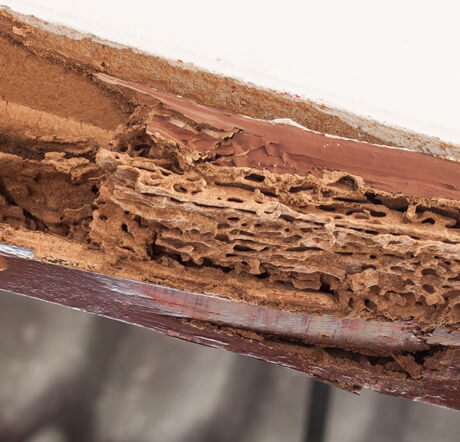
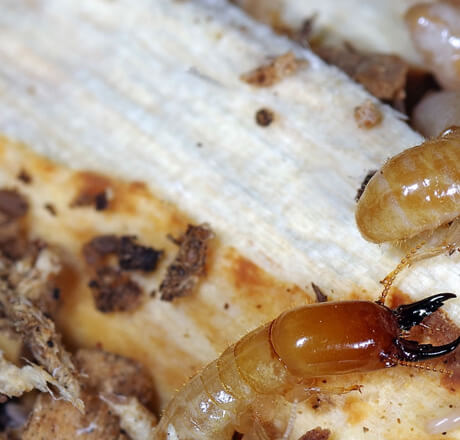
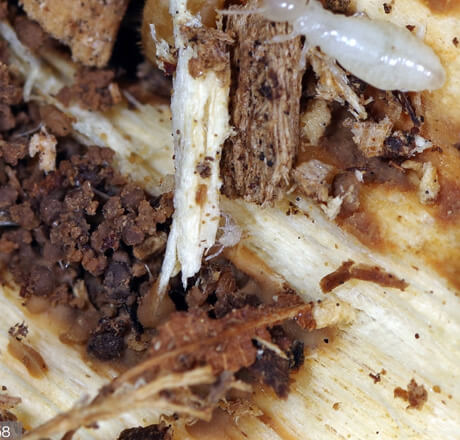
- Look for wings. When termites are ready to start a new colony in Maryland, they come to the surface in large numbers to reproduce. Though you may not see the swarm itself, you may find wings that have been dropped by the reproductive termites. These wings could be in your floorboards, windowsills,
or basement. - Keep an eye out for mudtubes. Termites build mud tubes to travel between different locations in your home. If you find one, break it and check later to see if it’s been fixed and if termites are active on
your property. - Check the integrity of your wood. If you suspect you might have termites, check wooden beams and studs that you have access to. The wood will be hollowed out if termites have gotten to it.
- Establish adequate drainage for rainwater. Termites are attracted to moisture, so make sure your gutters are not leaking and soil in your yard drains well.
- Keep wood piles and other wood debris, like wood retaining walls, away from your home.
- Make sure mulch is never deeper than 3 inches and replace the decaying mulch every year—don’t let it accumulate.
- Don’t leave tree stumps in the ground after you’ve taken down large trees. The decaying wood is likely to attract termites.

